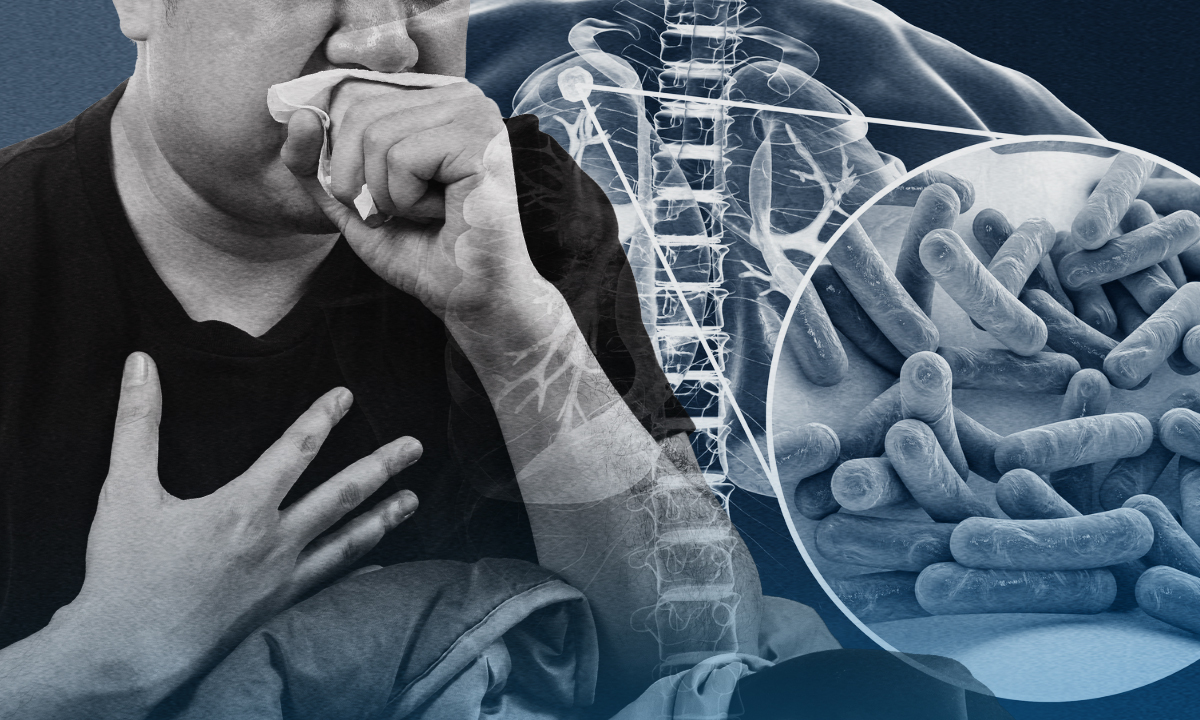Early detection key in fight vs TB in Northern Mindanao

Inquirer file photo
CAGAYAN DE ORO CITY, Philippines — Increased capacity for early detection has spelled the difference in the fight against tuberculosis (TB) in Northern Mindanao, an official of the Department of Health (DOH) said.
Dr. Wellaflor Kindom-Brito, head of the infectious disease cluster at the DOH Northern Mindanao, told reporters that the region was at the tail-end of the national list of TB incidence, although they were still alarmed by the 390 deaths from among 21,006 people diagnosed with the preventable disease in 2023.
“This is why the national government is reminding us of the urgent need to intensify efforts in combating one of the world’s most persistent health challenges which continues to affect millions of lives globally and remains a significant public health concern,” Kindom-Brito said.
READ: DOH raises alert on rise in tuberculosis cases: It’s ‘higher than in 2022’
Aug. 19 is observed annually as National Tuberculosis Day to keep the fight against the disease a national health priority.
Article continues after this advertisementBukidnon province recorded the most number of TB-related deaths in Northern Mindanao at 95, followed by Misamis Oriental, 63; Misamis Occidental, 49; Lanao del Norte, 43; Camiguin, six; and the highly urbanized cities of Iligan and Cagayan de Oro at 74 and 60, respectively.
Article continues after this advertisementVulnerability to TB is high in Iligan City due to air pollution from, among others, carbon dioxide emissions of industrial plants, noted Patrice Maan Baang, program officer of the Philippine Business for Social Progress (PBSP), which is implementing a project geared at prevention and treatment of the disease.
Assistance
Kindom-Brito attributed the strides of the TB control program in the region to the increased early detection of cases, especially with the assistance of PBSP.
PBSP has so far donated GeneXpert and mobile X-ray machines to the DOH in the region. GeneXpert is a machine that tests clinical samples to quickly identify infectious diseases such as TB, Baang said.
With a mobile X-ray, the DOH and its partners have launched caravans in various localities, bringing TB testing closer to those with symptoms of the disease. The mobile X-ray caravans have served more than 20,000 people throughout the region, boosting the early TB detection goal.
TB treatment could cost P6,000 to P10,000 per case, which makes it prohibitive to low-income earners. But PBSP’s project supports patients with free medicines through identified treatment sites, such as the Maria Reyna Xavier University Hospital here.